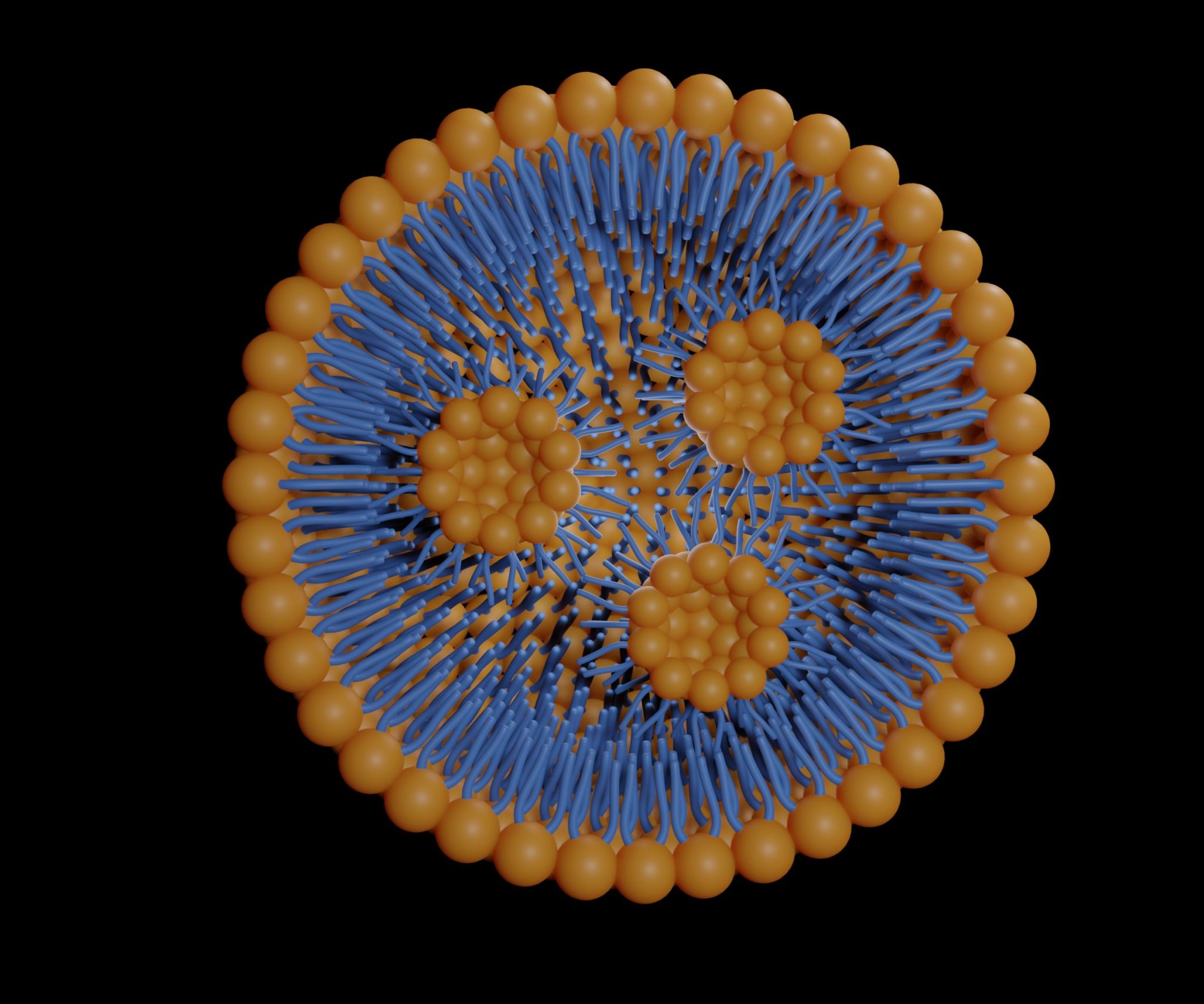Navigating the Complexities of Oligonucleotide Therapy Development
Understanding Oligonucleotide Therapy
Oligonucleotide therapy is a groundbreaking approach in modern medicine that uses short DNA or RNA molecules to target genetic material in the treatment of diseases. This innovative therapy holds promise for treating a variety of conditions, from rare genetic disorders to common chronic illnesses. However, developing these therapies is complex and requires a deep understanding of the molecular mechanisms involved.
The process begins with the identification of genetic sequences that can be targeted to alter the expression of genes associated with disease. This requires sophisticated bioinformatics tools and extensive research to pinpoint the right sequences. Once identified, these sequences are synthesized into oligonucleotides, which can then be used therapeutically.

Challenges in Development
One significant challenge in oligonucleotide therapy development is ensuring the stability and delivery of these molecules to the intended cells. Oligonucleotides are inherently unstable and prone to degradation, necessitating the development of chemical modifications and delivery systems that protect them until they reach their target.
Moreover, the delivery of oligonucleotides across cellular membranes poses another hurdle. Researchers are exploring various delivery methods, including lipid nanoparticles and conjugation strategies, to enhance uptake and efficacy. The choice of delivery system can significantly impact the therapeutic outcome, making this a critical area of focus.

Regulatory and Manufacturing Considerations
Another layer of complexity in oligonucleotide therapy development is navigating the regulatory landscape. Regulatory bodies require comprehensive data on safety, efficacy, and manufacturing processes before approving these therapies for clinical use. This involves rigorous preclinical testing, clinical trials, and ongoing monitoring.
Manufacturing oligonucleotides also requires specialized facilities and expertise. The synthesis process must be highly precise to ensure purity and efficacy, which demands stringent quality control measures. Scaling up production to meet clinical or commercial demands adds another dimension to the challenge.

Future Directions and Innovations
Despite these challenges, advances in technology and research are paving the way for more effective oligonucleotide therapies. Emerging techniques such as CRISPR-Cas9 editing and RNA interference are expanding the potential applications of these therapies, offering hope for conditions previously deemed untreatable.
Collaborations between academia, industry, and regulatory bodies are essential to accelerate progress in this field. By sharing knowledge and resources, stakeholders can overcome obstacles more efficiently and bring these life-changing therapies to patients in need.
The future of oligonucleotide therapy is bright, with ongoing research contributing to a deeper understanding of genetic mechanisms and therapeutic targets. As science continues to evolve, so too will our ability to harness the power of oligonucleotides in the fight against disease.

